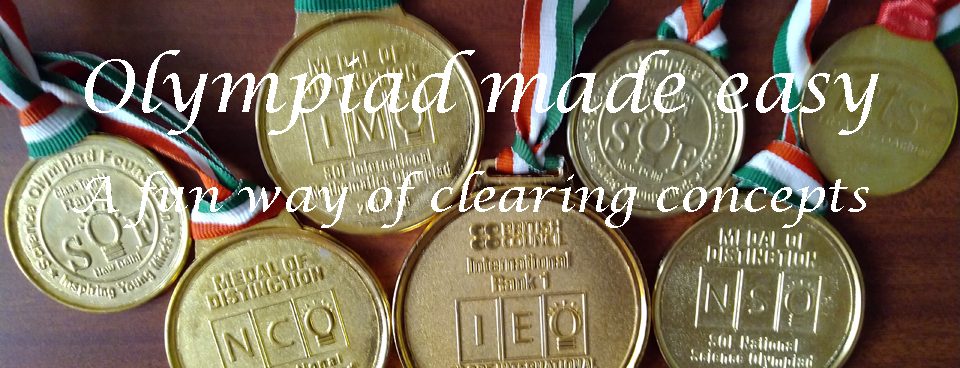A look at the grade 2 lessons :
Grade 2 science (NSO) : Animals
Animals and the way they eat
Herbivores : Animals like cows , buffaloes , sheep etc., that eat plants.
Carnivores : Animals like lions, tigers, etc., that prey on and eat other animals.
Omnivores : Animals like bears, crows etc., that eat both plants and animals.
Scavengers : Animals like vultures and jackals that eat dead and left over animals generally preyed on by carnivores.











